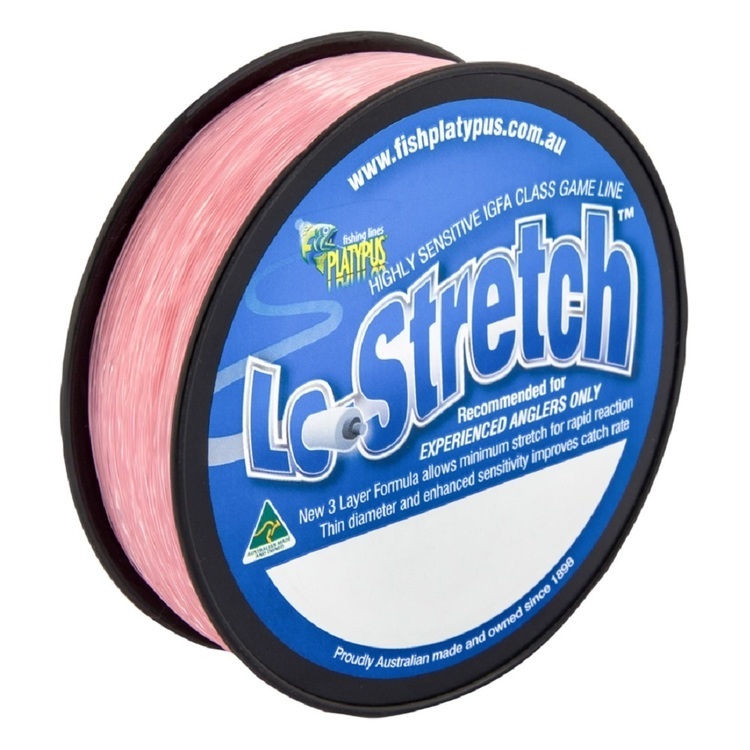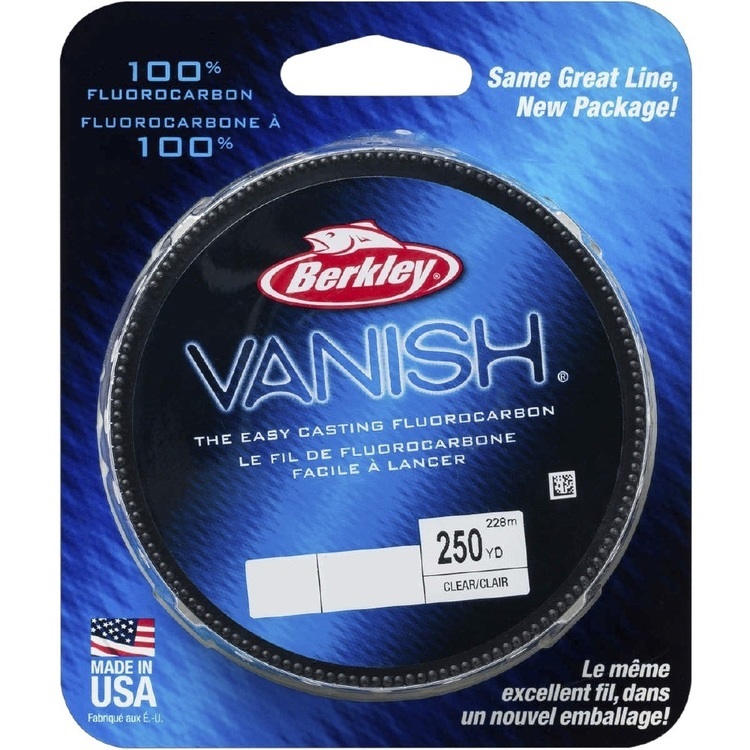| Your browser is not supported. | ||
|
Please browse our site using any of the following options:
| ||
How to Choose Fishing Line

If you're just getting into fishing, you've probably spent a bit of time looking at which rod and reel combo is best for you, what bait or lures you're going to use and where you're going to try your luck. But have you considered what kind of line you're going to use?
The fishing line you use has a huge impact on the performance of your set up and your overall success out on the water. With technical-sounding names like monofilament and fluorocarbon, it can be a bit overwhelming for newbies. But a little knowledge can go a long way and once you get a basic understanding of the differences, it'll all start to seem a lot simpler. Let's take a look at the different types and when to use them.

Monofilament
Monofilament is the most common of all lines. Meaning 'single thread', it's exactly that: a long thin tube of nylon (or similar type of plastic). Mono is inexpensive, easy to use and works reasonably well on most reels, so is great for beginners. It also has a lot of stretch which makes it easier to maintain tension on the line when you're bringing in a fish and it'll also absorb some of the impact of the fish thrashing around on the end of the line.
Mono is also very buoyant - this is great if you're fishing close to the surface but isn't good for fishing at depth. Its abrasion resistance makes it ideal for fishing around rocks and other harsh environments and it works well on overhead setups.
Some of the main drawbacks of mono include the fact it doesn't last very long (it can be recycled though). It's also quite a bit weaker than other line types of the same diameter. It's ability to stretch means it's not going to be as accurate to cast as braid, which can also detract from the sensitivity (feeling what's happening at the other end of the line).
When to use monofilament fishing line
Mono is a great choice if you're just starting out and aren't going to be fishing at depth (offshore etc.). It's a great multipurpose line, however, you need to be mindful that it has a limited lifespan and will break down after extended UV exposure, so be sure to change it regularly.

Braid
Braid is made, as the name suggests, by weaving several strands of polyethylene plastics together to create a super thin, and very strong line. Made with anywhere between four and 16 strands, braid with fewer strands is more resistant to abrasion while more strands create a thinner line.
Braid is by far the strongest line by diameter. What's more, it has no memory (it won't coil as it ages) and has virtually no stretch at all. This enables you to cast with the utmost precision and provides a heightened awareness of what's happening at the other end of the line. The trade-off is that braid has lower shock strength, meaning it can snap when put under sudden pressure.
While braid may sound like the perfect fishing line, there are a couple of downsides. For starters, it's highly visible in the water, so you'll probably want to use a fluorocarbon or monofilament leader. This means more knots in the line which, especially if you're just starting out, can weaken the line (braid can also be tricky to tie knots in!). What's more, if you're using a cheaper spool, braid is so strong and thin it can actually damage your equipment.
When to use braided fishing line
Braid is great to use on spinning reels (of reasonable quality) where precision casting is required. It feels great to cast and flows off the reel nicely - just be mindful that it needs to be spooled with a good amount of tension or it can tangle (and when it does, it really goes to town!). Braid is also a good choice if you're fishing in water with low visibility or working through weed beds.

Fluorocarbon
Initially, fluorocarbon was only used as a leader material as it was too hard to manage as a main line. The technology has developed significantly in recent years though, making it a go-to for many fishos. One of the main benefits of fluorocarbon is that it's incredibly hard to see underwater, it also stands up well to abrasion and sinks in the water column.
In many ways fluorocarbon is the same as monofilament (they're produced in a similar manner) except that fluorocarbon is made from much denser material. It isn't a whole lot stronger than monofilament but it's much more resistant to abrasion and will also generally last longer. One of fluorocarbon's best features is that it will stretch but only under high pressure - this gives it good shock strength as well as precision casting and sensitivity.
Some of the downsides to fluorocarbon is its higher price, and it's high memory (this stuff can really coil when it wants to). Knots, if not tied correctly, can also slip when using fluorocarbon more easily than other kinds of fishing line.
H3: When to use fluorocarbon fishing line
For those newer to fishing, fluoro is probably best used as a leader material - and this is well worth experimenting with as it will provide extra strength and lower visibility where it matters most. As a mainline, it's often used with baitcaster reels when fishing in very clear water.
Choosing the best fishing line for you
If you're just starting out, mono is always a solid go-to - and why not experiment with a fluoro leader to give yourself a fighting chance, just remember to double-check your knots!
If you're looking to step it up a little, it's worth remembering that while braid is more expensive than mono, it does last a lot longer and can actually prove more economical over time. And once you get the hang of it, it really is a pleasure to use.
Whatever line you go with, make sure you match the weight to your fishing setup for the best results. Good luck out there and remember, if at first you don't succeed, change it up and try again. Tight lines!
Find your local Anaconda store and check out our extensive range of fishing lines and fishing gear to get you ready for your next fishing trip.